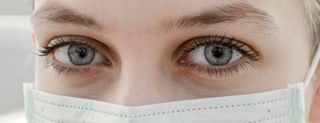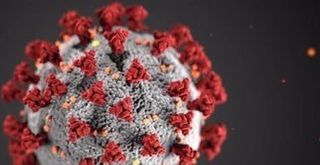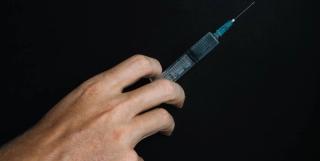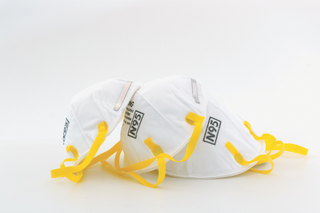
Mask Respirator
Latest News

Latest Videos

CME Content
More News
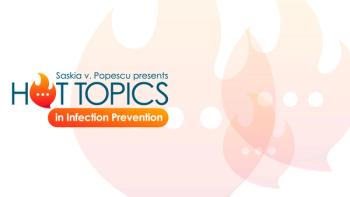
In this Hot Topics in IPC, Saskia v. Popescu, PhD, MPH, MA, CIC, FAPIC, discusses whether masks need to return for COVID-19, Virginia’s outbreak, and interesting articles to read.
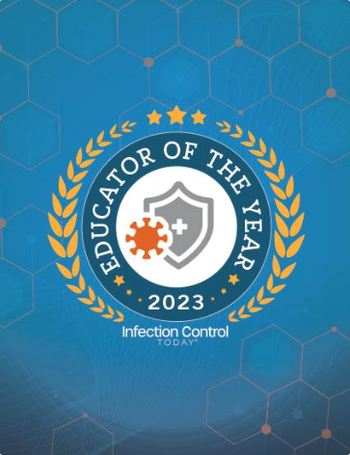
Here you will see where to nominate an exceptional infection control and prevention educator for the Infection Control Today®’s Educator of the Year Award™.
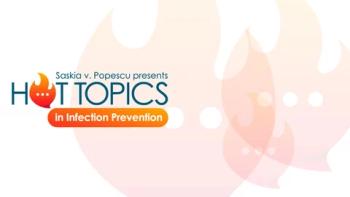
In this Hot Topics in IPC, Saskia v. Popescu, PhD, MPH, MA, CIC, gives her expert outlook on the latest on COVID-19, UV-C, and Rocky Mountain Spotted Fever, and more.

The commentators at the recent HICPAC meeting had different reactions, ranging from concern to anger.
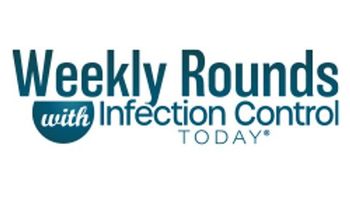
Take 5 minutes to catch up on Infection Control Today®’s highlights for the week ending July 30, 2023.
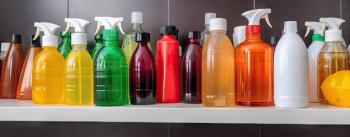
Choosing the correct disinfectant can be difficult. This expert explains how to select the proper one.
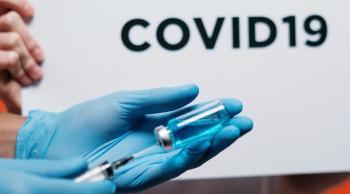
In his analysis, Kevin Kavanagh, MD, explores the measures taken by the infectious disease sector in response to the pandemic, pointing out both effective and ineffective approaches. He also discusses how the pandemic has affected the treatment of other infectious diseases.
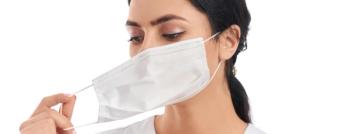
New Haven's infection prevention department created a procedure to identify and manage COVID-19 cases in BH units based on literature findings about how it spreads.

Take 5 minutes to catch up on Infection Control Today®’s highlights for the week ending June 4, 2023.

In the first of this new series, IPC Pros Helping Each Other: When is the right time to unmask in long-term care? One IP explains how she and her facility unmasked and what led to their decision.

To prevent the spread of C auris, the CDC recommends that IPs and environmental hygienists play a critical role. In this interview, the medical scientists clarify what specific actions they should take.

Take 5 minutes to catch up on Infection Control Today®’s highlights for the week ending April 23, 2023.

How is infection prevention different in dental offices from other health care facilities? Experts explain.

Kevin Kavanagh, MD, discusses how Russian bots have tried to convince the United States public that masking is unnecessary. What do the latest studies say?

Take 5 minutes to catch up on Infection Control Today®’s highlights for the week ending April 9, 2023.

The decline in the overall health of United States citizens has been blamed on good public health strategies, but the data doesn't support that idea. So, what does the data show? ICT examines what studies show.
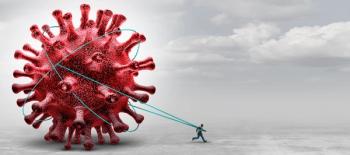
NIH News Release: "...findings suggest that SARS-CoV-2 infection damages the CD8+ T cell response, an effect akin to that observed in earlier studies showing long-term damage to the immune system after infection with viruses such as hepatitis C or HIV."

Take 5 minutes to catch up on Infection Control Today®’s highlights for the week ending March 12, 2023.
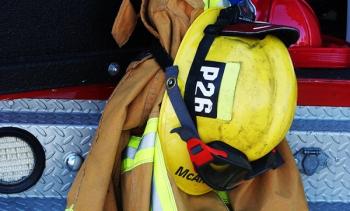
How did first responders and firefighters navigate the COVID-19 pandemic and its aftermath? Two firefighters/EMTs describe what that time was like for them.

Take 5 minutes to catch up on Infection Control Today®’s highlights for the week ending March 5, 2023.
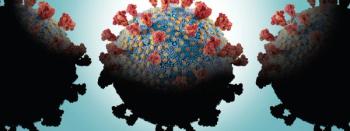
As the third year of COVID-19 begins, some questions have been answered, but others still remain. ICT asked leaders in the infection prevention and control field what answers the medical world needs now.

Take 5 minutes to catch up on Infection Control Today®’s highlights for the week ending February 3, 2023.
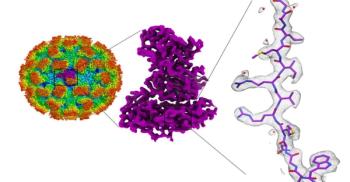
Are norovirus cases going to skyrocket, or will the pandemic slowdown of this infectious disease continue?
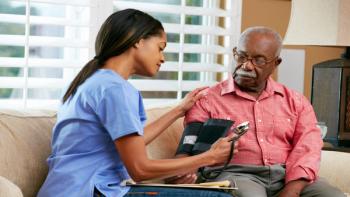
Information for health care workers and patients to protect patients with cancer from infections.

Take 5 minutes to catch up on Infection Control Today®’s highlights for the week ending January 13, 2023.









